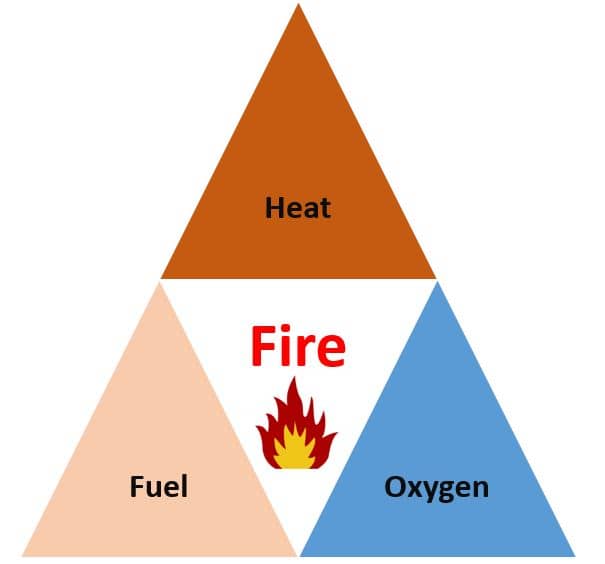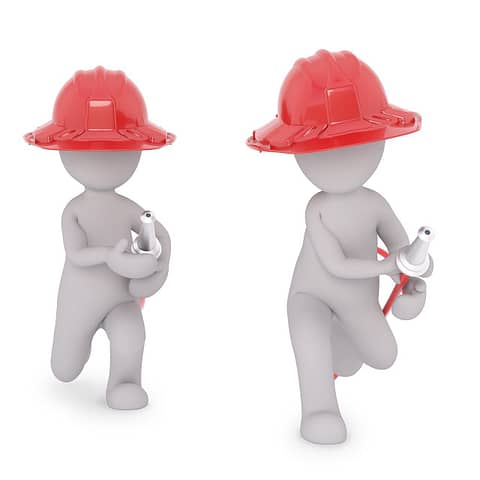Passive Fire Protection System
There are two types of fire protection systems. These are active fire protection systems and passive fire protection systems. Generally, we are familiar with active fire protection systems and we have seen active fire protection equipment as well. However active fire protection systems need active response to control the fire. But passive fire protection systems control the fire it selt and that system needs to be installed in the design level of the construction.
In this article, we will discuss fire protection systems and examples of those fire protection systems.
Fire Protection Systems
There are different types of fire protection systems. Each system has different features to protect humans and properties.
Why Fire Protection System?
Fire protection systems are comprehensive systems designed to detect, control, and suppress fires in buildings and other structures. This is very important for building design and construction projects, especially in HVAC systems. Fire and Heat are not only threats to humans. They will generate toxic Gases and Toxic Smaoks as well. Ventilation Systems will distribute those toxic gas all over the building. So, fire needs to be controlled in active and passive ways.
However, Fire protection is not only protection criteria it is some kind of ergonomic design criteria as well.
Types of Fire Protection Systems
To generate fire there should have three needs according to basic science.
- Air/Oxigon
- Required Heat
- Fuel
This is normally called a fire triangle.

Fire protection means controlling of above one or all needs for fire. Other than that some systems are working as warning systems and some are acting as Protective Systems/Protective Materials. However, there are different types of fire protection systems as follows.
- Fire Detection Systems
- Fire Suppression System
- Fire Alarm Systems
- Emergency Lighting
- Fireproofing Materials
There are mainly two types of fire protection systems like active fire protection systems and passive fire protection systems.
Active Fire Protection
Active fire protection involves systems and equipment that require an active response to detect, control, and extinguish fires. This system requires to detection of smoke or heat to actuate the systems. After that fire protection system needs to be actuated. However, most of the time human involvement is required. There are automatic systems as well. The followings are examples of active fire protection systems.
Examples of Active Fire Protection Systems
Examples of active fire protection include fire sprinkler systems, fire alarms, smoke detectors, fire extinguishers, and emergency lighting.

What is Passive Fire Protection?
Passive fire protection involves the use of fire-resistant materials, construction techniques, and systems. Design Engineers are designing these systems to contain and slow down the spread of fire, limit its damage, and protect the structural integrity of a building. However, these techniques involve in the design stage of the building. After that, it will be very difficult to change the designs.
Example of Passive Protection
There are different techniques for passive fire protection.
- Structural walls prepare as fire-rated walls
- Fire doors
- Glazing for fire resistance
- Firestopping systems
- Structural elements rated for fire resistance
- Fire Dampers for HVAC ducting systems
Above all the examples for passive fire protection.
Active and Passive Fire Protection
However, only passive fire will not protect the buildings and people in the fire. Both active and passive systems are protecting together while a fire event. The combined systems detect, control, and protect fires. But each system has key differences.
| Key Differences | Passive Protection | Active Protection |
| Intervention | Always in place | Requires activation or human intervention |
| Timing | Continuous protection | Triggered upon fire detection |
| Purpose | Limit fire spread, protect structures, and provide evacuation routes | Detect, control, and suppress fires, protect occupants |
| Maintenance | Minimal maintenance | Regular inspection, testing, and maintenance |
| Cost | Limit fire spread, protect structures, provide evacuation routes | Higher initial costs, installation, and maintenance expenses |
Normally, design engineers are designing passive systems during the construction of a building. However, after finishing the building also we can apply fire protection paint and coating materials. Then we can implement active fire protection systems like fire alarms, sprinkler systems, and smoke detection systems.



0 Comments